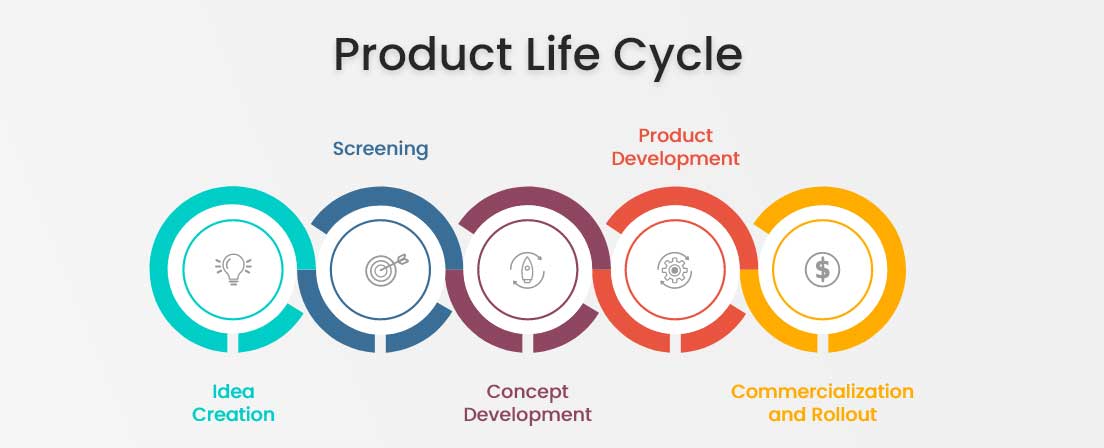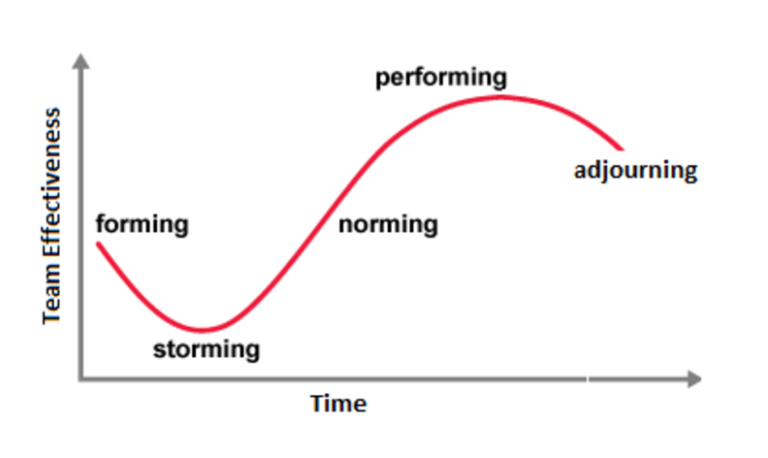The leader your company needs



Last week I participated on a round table where we were discussing about leadership in tech and, more specifically, aboy why it is important to have a "first team" mindset. I will not write today about the "first team" specifically but I would like to talk about how it is important to adapt our leadership focus to the context we are in.
"The greatest leader is not necessarily the one who does the greatest things. He is the one that gets the people to do the greatest things." Ronald Reagan
Throught the years, my personal opinion of what is a good leader, or what are the traits of a good leader, have changed. There is also a lot of good literacy about the topic and I will not pretend to know better than many of the great authors there.
I believe that a good leader should be able to assess his company specific context and situation and adapt his focus, priorities and guidance to those unique situations. There are three main angles that should be assessed in order to have a good understanding of the context. The level of detail on each of those angles that you can get may change depending on the organization and your situation inside.
Also, one of the key responsibilities we have as leaders is be able to provide the right context, and for that we need to have the right understanding and assessment of the company situation on these three dimensions.
As I shared in other posts, I like the approach that Ben Horowitz presented on one of my favorite business books "The hard thing about hard things" where he says "Take care of People, Product and Profits. In that order". I know there are several variation of the "three P's" but this is the one that resonates more with me. The first P it's by far the most difficult we would agree that we all want to "take care about people" but often times is not clear how to and what are the key skills we need to develop to actually do that.
In the following diagram I have tried to give a 1000 feet view of the key dimensions that are relevant to have a good understanding of our company context and what are the foundational skills and competencies that a leader should develop. These are the tools leaders need lo leverage and gauge for being the leader the company needs. Knowing how to adjust the intensity of each one of them given the specific context and situation is probably one of the biggest learnings that, as a leader, you need to do as you get seniority. Note that I have intentionally renamed what usually is named as "soft skills" into "hard skills" since I believe those are way more complex muscles to develop and with more potential negative impact to people around during the "learning" phase.

Maturity models and phases explained on the following sections are not intended to be exhaustive and maybe they are not exactly resonating with how your context today, my main intention is to bring awarenes to these three different dimensions and how we should be thoughtful and intentional while understanding our context so we can adapt our style accordingly.
Organisational context
Organizational context refers to the unique set of circumstances, conditions, and factors that define and shape a specific company's environment and influence its operations. Understanding the organizational context is crucial for effective leadership as it provides insights into the company's strengths, weaknesses, opportunities, and threats.
Here's a not comprehensivelist of key things to assess when trying to understand the organizational context of a company:
- Mission and Vision: Understand the company's mission and vision statements to grasp its core purpose and long-term goals.
- Company History: Learn about the company's origins, evolution, and significant milestones.
- Industry and Market: Analyze the industry in which the company operates, market dynamics, and competitive landscape.
- Company Size and Structure: Determine the size of the organization, its organizational structure, and reporting relationships.
- Culture and Values: Explore the company's culture, values, and beliefs that shape the work environment.
- Leadership Style: Assess the leadership style of top executives and how it impacts the organization's culture.
- Financial Health: Examine financial statements, profitability, and growth trends to understand the company's financial stability.
- Customer Base: Identify the target customer segments and customer relationships.
- Stakeholders: Identify and understand the needs and expectations of stakeholders, including employees, customers, suppliers, and investors.
Product maturity
Equally important, having a deep understanding of what is the stage inside the product development lifecycle is crucial to understand what kind of results our team need to produce and will help making the right decisions.
Canonical product development lifecycle consists of several phases that guide the process of bringing a new product from concept to market. While the specific names and details of these phases can vary depending on the industry and organization, the following is a general outline of the typical phases in a product development lifecycle (do not mix with the software development lifecycle):
- Idea Generation and Conceptualization:
- Brainstorming and idea generation.
- Market research to identify potential opportunities.
- Concept development and feasibility analysis.
- Idea Screening:
- Evaluating and prioritizing ideas based on criteria like market potential, technical feasibility, and alignment with company goals.
- Discarding or setting aside ideas that do not meet the criteria.
- Concept Development and Testing:
- Developing a detailed concept for the product.
- Creating prototypes or mock-ups.
- Testing the concept with a small group of potential users to gather feedback.
- Business Analysis:
- Conducting a detailed analysis of the product's potential profitability.
- Estimating costs, revenue projections, and potential return on investment (ROI).
- Product Development:
- Design and development of the product.
- Engineering and manufacturing processes, if applicable.
- Iterative testing and refinement.
- Market Testing:
- Conducting a limited release or pilot test of the product in a real market environment.
- Gathering user feedback and making necessary adjustments.
- Commercialization:
- Preparing for a full-scale launch.
- Developing marketing and sales strategies.
- Establishing distribution channels.
- Launch:
- Officially introducing the product to the market.
- Implementing marketing campaigns.
- Distributing the product to customers.
- Post-Launch Evaluation:
- Monitoring product performance.
- Gathering feedback from customers.
- Addressing issues and making improvements as needed.
- Growth and Expansion:
- Expanding market reach.
- Scaling up production or services.
- Identifying opportunities for product improvements and new features.
- Maturity:
- The product reaches a stable phase in its lifecycle.
- Competing with other products in the market.
- Ongoing support, maintenance, and updates.
- Decline or Retirement:
- Sales and demand decrease.
- Consideration of product retirement or replacement.
- Managing end-of-life processes, such as discontinuation and disposal.
It's important to note that not all products go through every one of these phases, and the order and duration of these phases can vary based on the product type, industry, and organization. Successful product development involves continuous learning, adaptation, and iteration as new information and feedback become available at various stages of the lifecycle.

Team maturity
Team maturity phases refer to the stages of development that teams go through as they grow and become more effective in achieving their goals. As a leader, understanding these phases is crucial for adapting your guidance and leadership style to best support your team's needs. As an example, we can use the phases described in the Tuckman model:
- Forming:
- In the early stage, team members are getting to know each other.
- They may be uncertain about their roles and objectives.
- They rely on the leader for direction and guidance.
- Storming:
- Conflict and competition for influence may arise.
- Team members may challenge the leader's authority or each other.
- Your role as a leader is to mediate conflicts and help the team find common ground.
- Norming:
- Team members start to establish norms and guidelines for behavior.
- Roles and responsibilities become clearer.
- Your leadership becomes more about facilitating cooperation and providing support.
- Performing:
- The team is highly functional and productive.
- Members work together seamlessly, leveraging each other's strengths.
- As a leader, your role is more hands-off, focusing on removing obstacles and providing resources.
- Adjourning (or Mourning):
- This phase occurs when the team's project or goal is completed.
- Team members may feel a sense of loss or nostalgia.
- Leadership in this phase involves celebrating achievements and helping team members transition to new endeavors.
Transformational (Optional): Some models include a transformational phase where the team reaches a level of excellence, innovation, or self-sufficiency. In this phase, the team takes ownership of its direction, and the leader's role is more of a mentor or advisor.
Understanding where your team is within these phases allows you to tailor your leadership approach. For example:
- In the Forming phase, you may need to provide clear direction and build trust.
- During the Storming phase, you'll focus on conflict resolution and establishing team norms.
- In the Norming phase, your role shifts toward supporting collaboration.
- When in the Performing phase, you can empower the team and provide resources.
- In the Adjourning phase, you offer closure and recognize achievements.
Adaptability and recognizing which phase your team is in at a given time is key to effective leadership and team development. Keep in mind that teams may cycle through these phases as they take on new projects or face changing circumstances.
